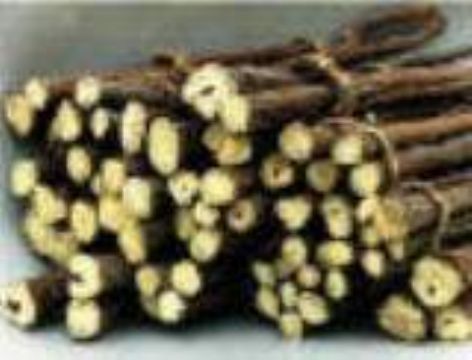Detailed Selling Lead Description
Glycyrrhiza uralensis P . E has a long history of medicinal use in Europe and Asia. At high doses, there are potentially severe side effects, including hypertension (high blood pressure), hypokalemia (low blood potassium levels) and fluid retention.Most adverse effects have been attributed to the chemical component glycyrrhiza (or glycyrrhizic acid). Glycyrrhiza uralensis P . E can be processed to remove the glycyrrhiza, resulting in DGL (deglycyrrhizinated licorice), which does not appear to share the metabolic disadvantages of licorice.
In Europe, Glycyrrhiza uralensis P . E has most often been used to treat cough, bronchitis, gastritis, and peptic ulcer disease. In Chinese medicine, it is felt to benefit Qi , reduce "Fire Poison" (sore throat, skin eruptions), and diminish "Heat." Specific conditions treated by Chinese herbalists include gastric and duodenal ulcers, abdominal pain, pharyngitis, malaria, tuberculosis, abscesses and sores. In Ayurveda, licorice is felt to be effective in the treatment of constipation, inflamed joints, peptic ulcer disease, and diseases of the eye.
